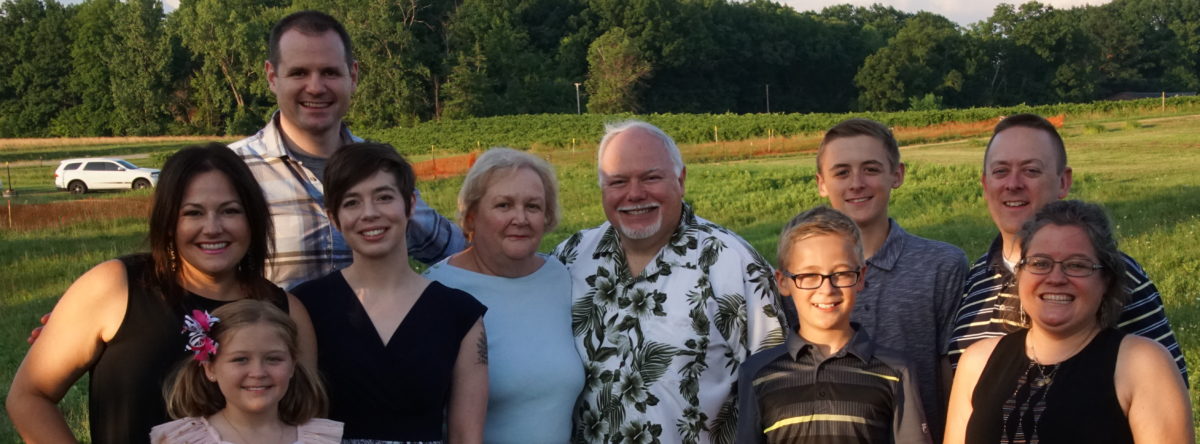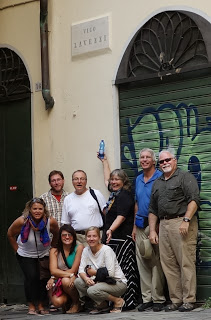Monday, September 23
In her previous visits in Italy and the research she has done online, Judy has made several contacts, and we wanted to meet them. One was Mirella Lazzarino and the other is Jackie Janotta Rothenberg. We met both of them for a late-morning coffee in the neighborhood called the Castelletto.
Mirella is an elegant Italian lady who has lived in England and in Italy. She was recently widowed and is now living on her own. We were all captivated by her and enjoyed this chance to meet her. She walked to meet us, had coffee with us, and took a bus back to her own place nearby.
Jackie is an American writer spending a year in Genoa with her family to deeply experience another culture and to give their girls an opportunity to experience Italian schools and learn the language from interaction with other students. I highly recommend her own blog, Giorni a Genova. Italian kids go to school from 8:00 am to 1:00 pm, but that only includes a snack break, not a lunch break; Italians figure that a 1:00 dismissal time is a perfect for lunch. We met with Jackie until just before her time to pick up the kids at school.
We went back down to the area around Piazza Ferrari, found another café for lunch, and visited the Cathedral of San Lorenzo, whose courtyard we had visited yesterday. This time we went inside. As you would expect of a cathedral, this is an impressive church. It’s only a few hundred meters from the Palazzo Ducali, and in the day of the Doges, this would have been the Doge’s parish church. The Cathedral offers a reminder that Italy and the USA were at war some years ago: an unexploded bomb is exhibited on the congregation’s right side, toward the back of the nave.
The inscription reads (close enough), “This bomb, launched by the British fleet, while breaking through the walls of this famous cathedral, fell here unexploded on February 9, 1941. In everlasting gratitude, Genoa, City of Mary, wishes the memory of so much grace to be engraved in stone.”
This is our last night in Genoa–tomorrow most of us will
move on. Lauren and Bill will stay one more day. For our dinner this
evening, we headed to a little shop on Via Albaro, just a couple of blocks
from the Marcelline. It’s where we had dinner last night, but tonight we
used carryout, which they call “Take Away” in Italy. The difference is
that in Italy, they generally aren’t set up for people to take food
away. If you do, you take a napkin and little else. But our shop found
plastic plates and forks, and bags to hold the focaccia, fruit, cold
cuts, and cheese that we ordered. We had a picnic on the second-floor
courtyard of the Marcelline.
After that, Judy, Lew, and
I taught Noël how to play pinochle. She did well! Then she and I Skyped
a video call to Heather and the children. By that time it was nearly
midnight, and time for us to rest up for tomorrow’s drive back to Rome.


